The water footprint of food
This article was originally published in August 2015
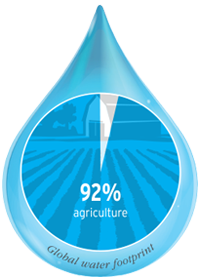
“It takes a gallon of water to grow an almond.” You may have seen that headline as drought worsens in California, where most almonds are grown. It’s true almonds are a thirsty crop — but they’re far from the only food with a hefty water footprint.
Globally, agriculture accounts for 92 percent of the global freshwater footprint; 29 percent of the water in agriculture is directly or indirectly used by livestock.
Keep in mind that if you’re buying organic, you’re helping to reduce your food water footprint. Organic methods help farms use water more effectively by retaining moisture in soil, reducing runoff and erosion, and increasing water filtration. Long-term trials by the Rodale Institute show organic farms can withstand drought periods better than conventional farms.
MEATS
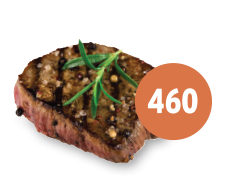
Beef: 460 gallons/.25 lb
Pork: 180 gallons/.25 lb
Chicken: 129 gallons/.25 lb
SWEETS

Chocolate, 3.5 oz: 446 gallons
Sugar, refined cane: 213 gallons/lb
CARBS

Rice: 299 gallons/lb
Pasta: 222 gallons/lb
Bread, 2 slices: 6.4 gallons
DAIRY
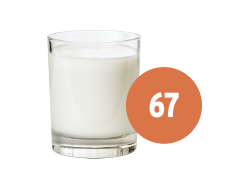
Milk, 8 oz glass: 67 gallons
Egg: 52 gallons
Cheese, cow’s milk: 38 gallons/oz
Butter: 20 gallons/tablespoon
FRUIT
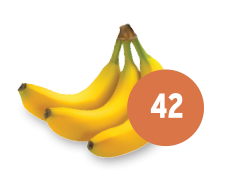
Banana: 42 gallons
Peach or nectarine: 37 gallons
Orange: 21 gallons
Strawberry: 0.25 gallons
BEVERAGES

Coffee, 1 cup: 34 gallons
Wine, 1 glass: 29 gallons
Beer, 1 glass: 20 gallons
Tea, 1 cup: 7 gallons
VEGETABLES
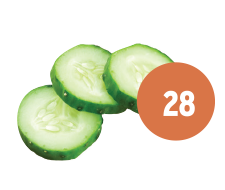
Cucumber, medium: 28 gallons
Lettuce, 1.4-lb: 18 gallons
Corn, medium: 18 gallons
Potato, medium: 16 gallons
NUTS
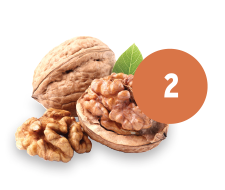
Walnut: 2 gallons/ea
Almond: 1 gallon/ea
Pistachio: 0.35 gallon/ea
Learn more: Calculate your personal water footprint.
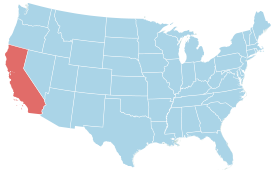
The average American reportedly consumes more than 300 gallons of California water each week by eating food produced there.
California farmers produce more than a third of the nation’s vegetables and two-thirds of its fruits and nuts. Farming in the state accounts for 80 percent of all the state’s water consumption. PCC’s main organic produce distributor, Organically Grown Company, says about 44 percent of its produce comes from California.
Data from the Water Footprint Network and The New York Times.
